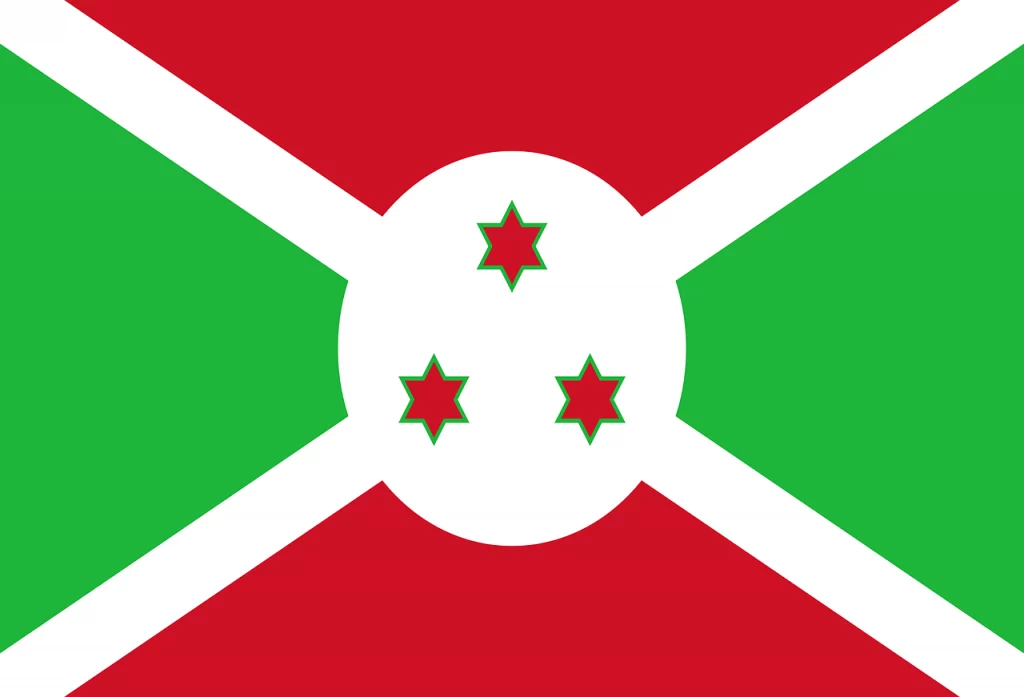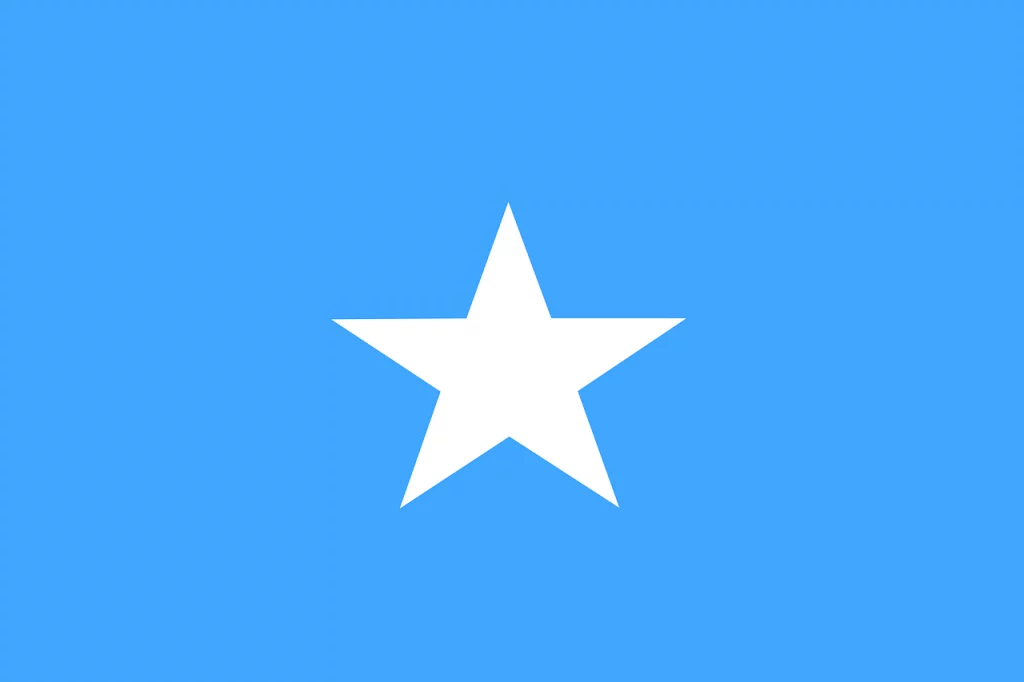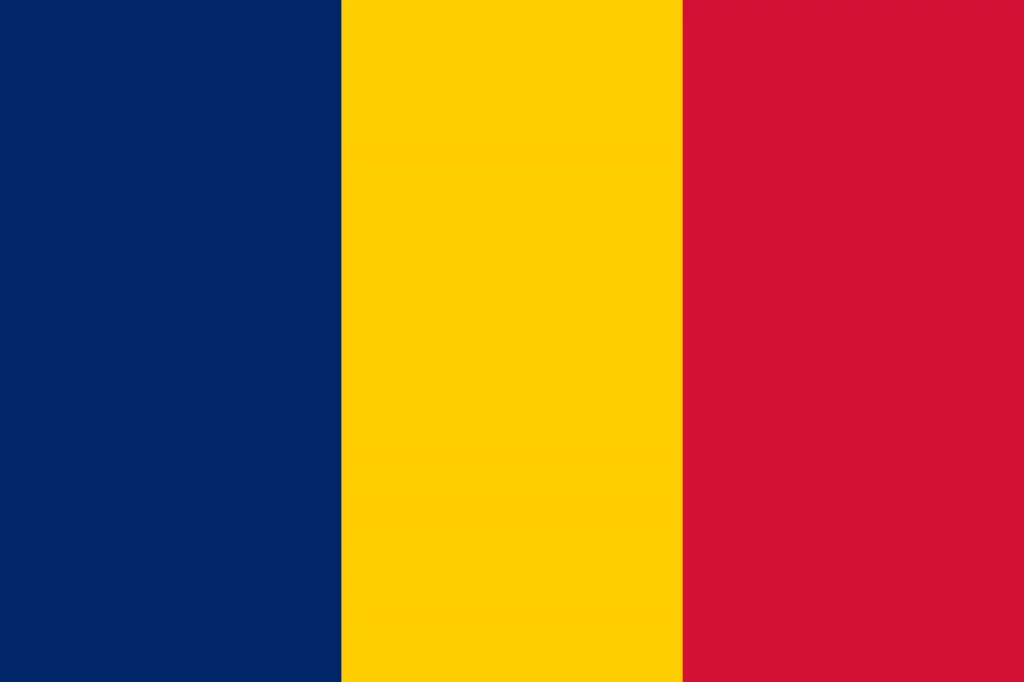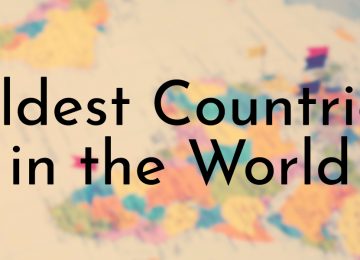We all know that the world population keeps increasing. According to the most recent United Nations estimates, the number of people in the world has increased by 2 billion in just 20 years. But how did this happen?
Well, to put it simply, life expectancy has increased, and people keep having children. While in first-world countries, parents are now having fewer kids, in the poorest regions women tend to have from six to seven kids on average.
This is why in many countries in Africa, fifty percent of the population is younger than 20. These countries tend to be extremely poor and have limited access to education, sanitation, and healthcare.
In this article, we will list the eight countries with the youngest population in the world.
8. Burundi
Average Population Age: 17.3
Current Population: 12,580,125
Population Density: 463

Burundi has an average population age of 17.3 and is currently among the youngest countries in the world.
This country is located in Central Africa and borders Rwanda, Tanzania, and the Democratic Republic of Congo. Officially called the Republic of Burundi, this country gained independence from Europe in 1962.
However, following the independence, Burundi experienced ethnic cleansing, civil wars, and a series of uninterrupted conflicts that resulted in hundreds of thousands of deaths and left the economy of the country severely underdeveloped.
Burundi is, in fact, an extremely poor country, and 80% of its adolescent deaths are caused by a limited number of illnesses ranging from HIV/AIDS, malaria, road injuries, and tuberculosis, among others.
Burundi is also heavily affected by climate change. In fact, in the last years, droughts and floods have been particularly destructive for this country, contributing to the displacement of entire communities.
Did You Know?
About 85% of the population of Burundi has Hutu ethnic origins, while 15% are Tutsi.
7. Democratic Republic of Congo
Average Population Age: 17
Current Population: 94,861,400
Population Density: 40 Km²

The Democratic Republic of Congo has a median age of only 17.
This country is located in Central Africa and is the second-largest in the continent, following Algeria. The Democratic Republic of Congo is also home to the second-largest rainforest in the world, the Congo Basin, and is the only place on Earth where people can still observe bonobos in the wild.
Unfortunately, the country is extremely poor, and, according to data from 2018, 73% of its population live with less than $1.90 per day.
Luckily, the country’s fertility rate is slowly decreasing. While in 1990, an average woman would give birth to 7.1 children throughout her lifetime, in 2020, the number dropped to 6.2.
Unfortunately, even though contraceptive methods are getting more popular, the percentage of women making use of them is still pretty low and is around 18%.
Did You Know?
Life expectancy in the Democratic Republic of Congo is only 61.60 years, and slightly less than 10% of kids die before they reach the age of five.
6. Somalia
Average Population Age: 16.7
Current Population: 15,893,222
Population Density: 25

Somalia currently has an average population age of 16.7.
This country is situated in the Horn of Africa and is bordered by Djibouti, Ethiopia, and Kenya. Somalia is mainly composed of plateaus, plains, and highlands, and its climate is characterized by hot temperatures all year round.
Unfortunately, just like many other countries on this list, Somalia has to drastically improve the living conditions of its youth. In fact, the country has high levels of illiteracy, limited education and training opportunities, and a high early marriage rate.
For instance, among male adolescents, the literacy rate is 53.1 %, while among women, the percentage drops to 51.3%. Gender inequality is also evident when analyzing data related to marital status. In fact, although less than 20% of youth between 15 to 19 reported that they were ever married, the percentage of women is double that of males.
Not surprisingly, Somalia is one of the poorest countries in the world, with a poverty rate of 73%.
Did You Know?
Somalia is considered Africa’s most culturally homogeneous country. In fact, 85% of its inhabitants are Somalis.
5. Uganda
Average Population Age: 16.7 Years
Current Population: 48.552.766
Population Density: 229 Km²

Uganda has one of the youngest populations in the world, with an average of 16.7 years per person. This country is located in East Africa and borders South Sudan, Kenya, Rwanda, Tanzania, and the Democratic Republic of Congo.
Uganda is currently in a demographic transition. This means that this country has evolved from a state of high mortality rate and high fertility to one of low mortality rate and high fertility. For this reason, Uganda has developed an incredibly young population.
This population will keep growing due to the high number of people who are currently at an age when they are having children and the ones who will soon reach it.
Unfortunately, Uganda is facing several challenges related to maternal and children’s health. In fact, this country has one of the highest maternal death ratios, with roughly 430 deaths per 100,000 births. This is mainly caused by the fact that only 42% of women give birth with a skilled attendant. In addition, about 13% of kids do not reach the age of five due to illnesses such as malaria, pneumonia, and diarrhea.
Did You Know?
Even though the population in Uganda keeps growing, approximately 30,000 people leave the country every year.
4. Angola
Average Population Age: 16.7 Years
Current Population: 34,856,277
Population Density: 13 Km²

Angola has a median age of 16.7, the same as Uganda.
This African country is located in the south of the continent and borders Namibia, the Democratic Republic of Congo, the Republic of Congo, Zambia, and the Atlantic Ocean. The official language of Angola is Portuguese, and people are mainly catholic.
Angola’s economy is still recovering from the civil war that, following the War of Independence, destroyed the country, killing many of its inhabitants.
The unstable economic condition of this country has several repercussions on its citizens. One of the biggest challenges that Angola needs to face at the moment is, in fact, children’s health. The country is experiencing high levels of stunted kids, especially in the rural areas.
Unfortunately, undernutrition is currently responsible for 45% of child deaths. In particular, the south of Angola is characterized by droughts, intensified by climate change, which are a direct cause of famines.
Child marriage remains a common practice in the country as article 24 of the Family Code allows early marriages from the age of 16 for boys and the age of 15 for girls. No law regarding forced marriages is currently in place and this practice remains mostly unpunished to these days.
Did You Know?
About 7% of kids in this country die before they reach the age of five.
3. Chad
Average Population Age: 16.6
Current Population: 17,343,344
Population Density: 13 Km²

Chad has a median population of 16.6 years and is currently one of the youngest countries in the world.
Located in North and Central Africa, this country borders Libya, Sudan, the Central African Republic, Cameroon, Nigeria, and Niger. Chad is mainly desertic in the north and is covered by the fertile Sudanian savanna in the south.
Unfortunately, this country is quite poor and has to face huge challenges related to its population’s rights to education and healthcare. In fact, despite education being mandatory in this country, only a low percentage of kids, mostly males, continue their studies after primary school.
In addition, most of the citizens of Chad don’t have access to healthcare as many people live too far away from any clinic or hospital and cannot access this service when most needed.
One of the direct consequences of this is that more than 1.1% of women die while giving birth. It has also been estimated that almost 21% of kids living in the rural areas of Chad die due to a lack of sanitation, drinking water, and healthcare.
Did You Know?
In 2016, Chad was ranked 186 out of 188 countries based on the UN Human Development Index. To this day, this country remains one of the poorest in the world.
2. Mali
Average Population Age: 16.3
Current Population: 20,250,833
Population Density: 17 Km²

Mali has an average population of 16.3 years and is currently the second youngest country in the world.
This country is located in West Africa and shares a border with Niger, Algeria, Mauritania, Burkina Faso, Côte d’Ivoire, Guinea, and Senegal. Officially called the Republic of Mali, this African country is mainly covered by the Sahara desert and the Sudanian savanna.
The population of Mali has increased considerably in the last century, doubling in size. Just like many other countries on this list, Mali has insufficient access to healthcare and education.
It has been estimated that about one in five children dies before his/her fifth birthday. In addition, the literacy rate for young adults is only 61% for males and 39% for females. On top of this, only 22% of the population living in rural areas has access to basic sanitation.
Did You Know?
Unfortunately, Mali is also highly affected by climate change. In recent years, the country has experienced higher temperatures and fewer rainfalls resulting in a high rate of desertification.
1. Niger
Average Population Age: 15.2 Years
Current Population: 25,912,142
Population Density: 19 Km²

Niger is currently the country with the youngest population in the world as it has an average population age of 15.2 years.
Niger, officially called the Republic of the Niger, is a country in West Africa bordering Algeria, Libya, Chad, Nigeria, Benin, Burkina Faso, and Mali. Up to 80% of the country is covered by the Sarah desert and most of its population is Muslim.
Unfortunately, Niger is one of the poorest countries in the world and has a high level of child marriage and early childbearing. At the moment, a Nigerian woman brings to the world an average of seven kids in her lifetime. This is why the country has one of the highest population growth in the world.
The high level of poverty in this country has heavy repercussions on its population. In fact, only half of the kids in Niger receive a complete set of vaccinations. Starvation is another massive issue as 44% of under-fives are stunted, while 33% are considered underweight.
Niger is also characterized by low education levels and seven out of ten Nigerians are currently illiterate.
Did You Know?
Niger is the second-largest landlocked country in West Africa, after Chad.











